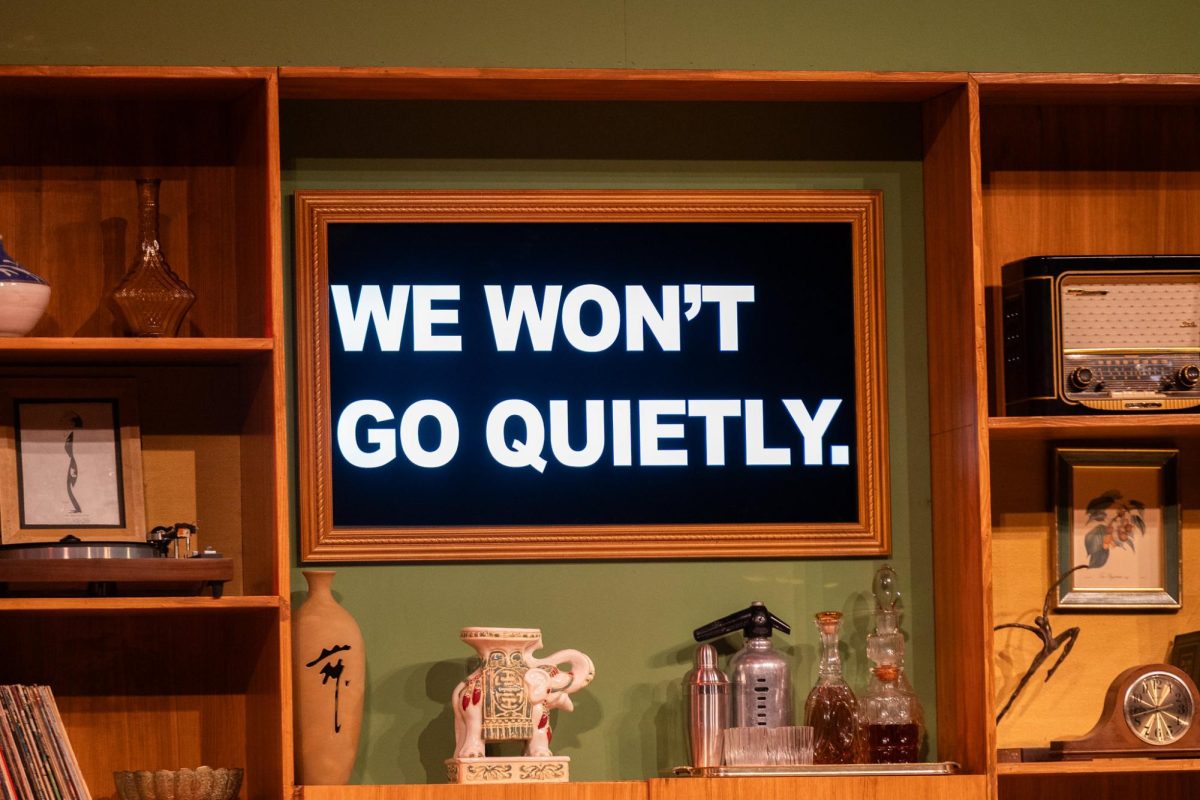facebook.com
“The Promised Neverland” is a manga written by Shirai Kaiu and drawn by Demizu Posuka. The series follows three orphans as they discover the orphanage they live in is a butcher shop, one that serves the other white meat. With everything they known thrown into question, the trio must find a way to escape.
“The Promised Neverland” is published in “Weekly Shonen Jump,” one of the biggest manga magazines in the world. They are best known for publishing the likes of “Dragonball” and “Naruto” which are some of the biggest selling manga in the industry. The series was first published in August 2016 and now has 36 chapters. Viz Media, who handles the English translation for the magazine, added the series to their own version of “Weekly Shonen Jump” which is released weekly on their website. Each chapter is available in English at Viz.com.
The series follows the trio of Emma, Norman and Ray. The kids have never been outside, so after learning the dark secret, their goal is to learn about the outside world and form an escape plan. This proves easier said than done. Emma is the hopeful one of the group and really good at reading people. Ray is the cynical one, but is also one of the better planners. Norman is the mediator between the two. He’s not as cynical as Ray is but he’s much more pragmatic in his thinking. The comic creates a good balance between the three as they play off each other.
They find themselves up against their caretaker, Isabella, nicknamed “Mom.” She puts on a kind and caring face as a front but is a cold, uncaring wolf in sheep’s clothing. It’s really interesting to watch her play off the heroes, as they try to outsmart each other.
“The Promised Neverland” is a mixture of mystery and horror with a supernatural twist. The characters often have to think and talk their way out of dangerous situations. There are many characters talking about their next move. Kaiu’s writing makes these scenes seem exciting and dynamic even though it’s dialogue.
The plot is fast moving too. The series is unafraid to take a sledgehammer to the status quo. “The Promised Neverland” likes to keep its audience guessing about what happens next. The art style is really interesting. Posuka often draws panels like we’re viewing them through a fisheye lens. This distortion really helps creates a creepy atmosphere of the orphanage.
Start reading this now, because this series is so good, it’s sure to get an anime. When everyone’s raving about the series and waiting for the next episode, you can smugly tell everyone you knew about “The Promised Neverland” before it was cool.




































